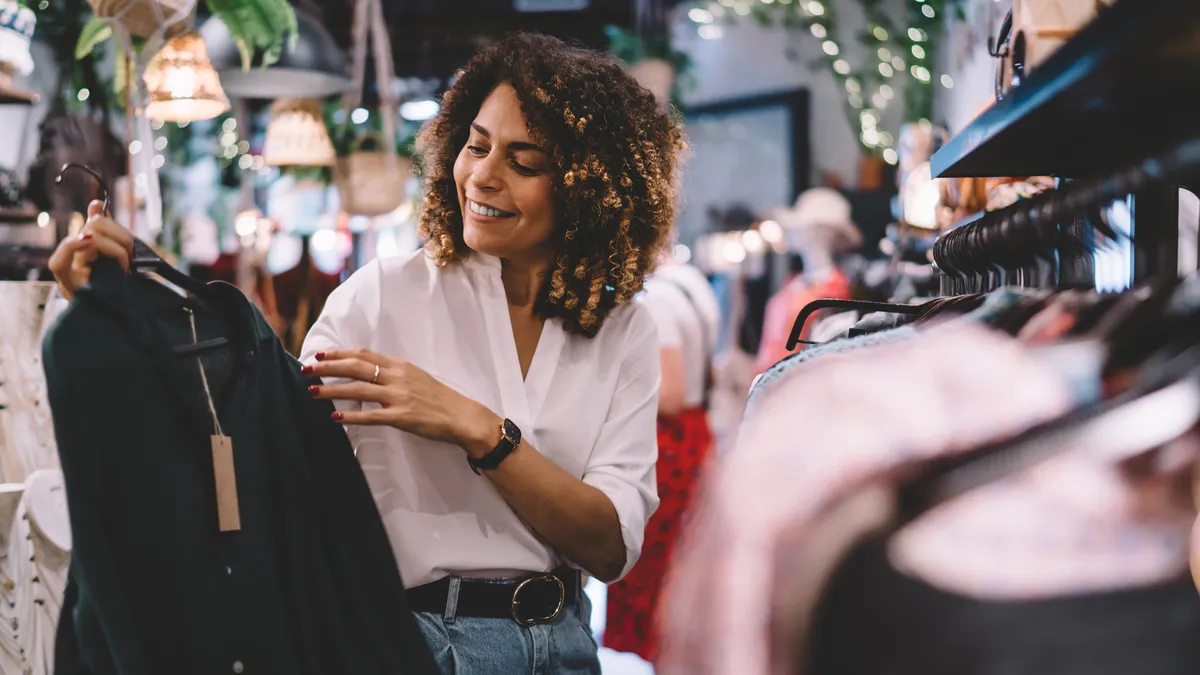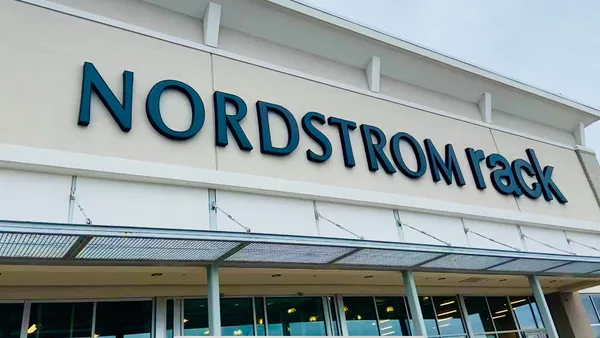Retail media networks are on a hot streak: With Walgreens, CVS, Lowe’s and Albertsons recently joining the party, the top 10 largest retailers in the US all operate their own retail media networks. Globally, retail media is now a $100 billion industry, according to a recent report by GroupM, and it accounts for 18% of all digital ad spend around the world. It's not all about Amazon anymore.
While e-commerce grew dramatically during the pandemic, more than 85% of all retail sales in the US still take place in the physical world, not online. In-store shoppers are on a mission and ready to buy. The cash register is ten feet away. The retail media opportunity inside the store is enormous, but it’s largely untapped at the moment.
Key drivers of retail media adoption
Online, retail media networks are growing in popularity because of the pending deprecation of third-party cookies and other digital identifiers. Brands are looking for new ways to reach consumers using first-party data. Retail media networks offer a type of digital advertising that is more considerate of a consumer’s privacy, more relevant to their interests and ultimately more effective for brands looking to boost the performance of their marketing investments. It’s no surprise that 80% of advertisers are planning to increase their retail media spend over the next 12 months, most of it net new spending.
But it’s not just brands that benefit from retail media. The economics are very compelling for retailers too: While a top-performing grocery chain might have a gross profit margin of 20%, and a home improvement store 34%, BCG puts the margin for their retail media business at 70%-90%. With inflation pinching profits at both ends of the supply chain—wholesale goods are more expensive and customers are growing more price-sensitive—investing in retail media capabilities can be a lifeline for retailers.
The case for in-store retail media
It’s one thing to reach a consumer on a website when they’re sorting out options, it’s another thing to reach them with a carefully tailored message at the point of purchase, and with a live salesperson close by to answer their questions.
The key to making retail media work inside the store is to make it valuable to consumers. People are apprehensive about targeted advertising but they love personalized service. There’s a disconnect between the two because the value proposition of targeted advertising isn’t entirely clear to them. This is where in-store retail media can help.
People generally have an idea of what they want when they walk into a store, but that doesn’t mean they’re aware of all available options, or that they wouldn’t appreciate relevant offers. What if there was an interactive display in the store that they could use to enter preferences, discover products and sign-up for loyalty rewards? That screen could be used to present them with relevant brand offers. By tying targeted advertising to in-store personalized service, an interactive screen could dramatically improve the effectiveness of a brand’s media and offer a new stream of revenue for the retailer.
In store, the proximity of advertising to the point of purchase would create a virtuous loop across the retail media ecosystem. With the outcome (a sale or sign-up) close and immediate, it would become much easier for brands to understand which aspects of their campaigns are paying dividends, and make adjustments before it’s too late. Retailers could quickly size up what segments of their customer base resonate better with brands, and use that feedback to fine-tune how they monetize those segments. And customers would win with better product matches and more relevant offers.
It’s a win-win-win for brands, retailers and consumers.
What’s the hold up?
With such clear benefits across the board, it’s a wonder that in-store retail media isn’t more developed today. But it’s not easy to do, and do well. Traditional advertising experiences at store shelves, end caps and checkout drive awareness, but they aren’t very effective at driving engagement or conversion. Interactive screens promise to take in-store advertising to a whole new level, but they require significant technical knowledge to develop and a heavy infrastructure lift to deploy.
For starters, enterprise grade hardware and software is needed that works 100% of the time. The software must be up-to-date and able to reliably deliver ads, measurement, impressions, campaign flighting and reporting. Finally, support is required from a seasoned ad operations and sales team to sell media and run client campaigns.
Having the right partner is crucial.
At Fyllo, we provide everything needed for retailers to execute a retail media network inside their stores. The Fyllo Retail Suite is an interactive screen-led ecosystem that helps retailers accelerate sales and increase loyalty. And with Fyllo Connect, brands can reach shoppers in store when they are ready to buy. Ready to learn more?










